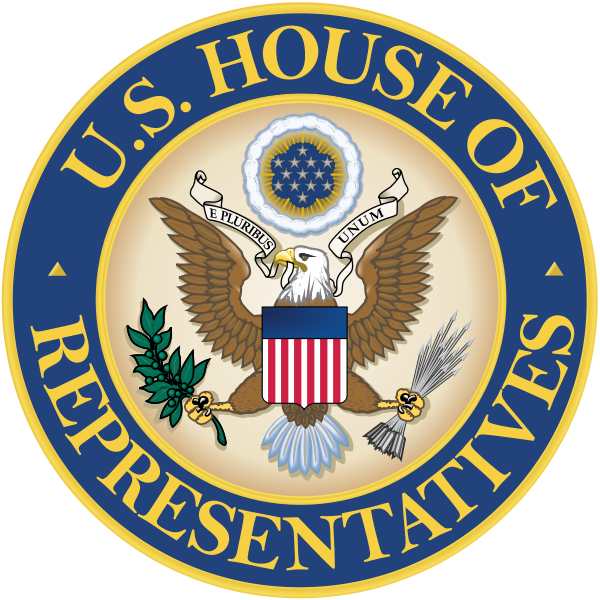House Passes Legislation to Classify Muni Bonds as High-Quality Liquid Assets

Yesterday, the U.S. House of Representatives passed legislation (H.R. 2209) that would allow large banks to count some of their municipal bond investments as high-quality liquid assets under federal bank liquidity standards. The legislation was passed by voice vote.
H.R. 2209 would modify a regulation the Federal Reserve, Department of Treasury, and Federal Deposit Insurance Corporation (FDIC) released in October 2014 to ensure that large banks hold enough liquidity to continue making payments during periods of financial stress. Under this final rule, banks with at least $250 billion in assets (or $10 billion in foreign exposure on their balance sheet) must maintain a minimum liquidity coverage ratio (LCR) comprised of certain financial investments that are considered “High-Quality Liquid Assets (HQLAs).” The final rule takes effect on a permanent basis on January 1, 2017.
Despite the urging of NCSHA and other advocates, the agencies did not include municipal bonds as HQLAs in the final rule. This means that large banks cannot currently use any municipal bond investments they hold toward meeting their LCR. H.R. 2209 would require that all investment-grade municipal bonds that are “liquid and readily marketable” be classified as level 2A HQLAs. This would allow banks to count such municipal bonds towards their LCR, but only at a value that is 15 percent below each investment’s market value. In addition, banks cannot use level 2 assets to account for more than 40 percent of their HQLAs. Regulators would have three months to incorporate these changes into the current regulations, under the House-passed bill.
In May, the Federal Reserve issued a proposed rule that would allow some municipal bonds to be considered as HQLAs. However, the proposed rule would apply only to uninsured general obligation bonds. This means that housing bonds, and other private-activity bonds, would still not be considered HQLAs. Further, because the Federal Reserve issued this proposed rule unilaterally instead of jointly with Treasury and the FDIC, it would only apply to the large banks the Federal Reserve oversees.
H.R. 2209 has been sent to the Senate for consideration, where it will likely be referred to the Senate Banking Committee.

